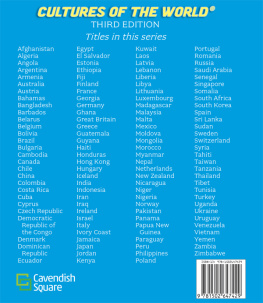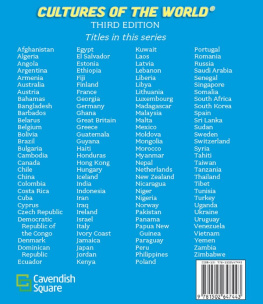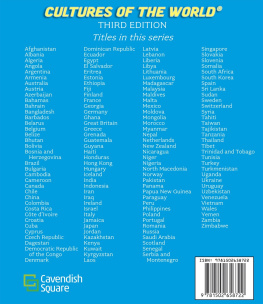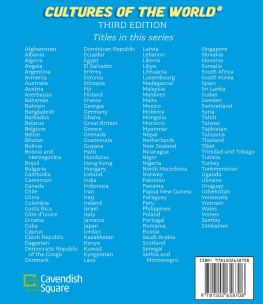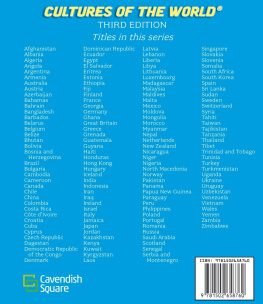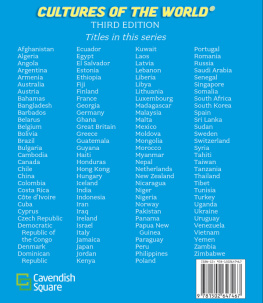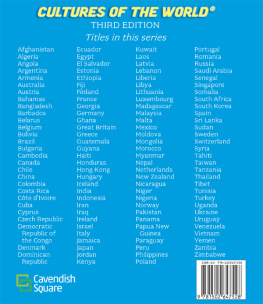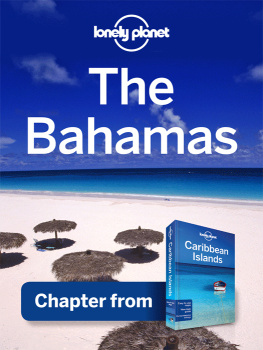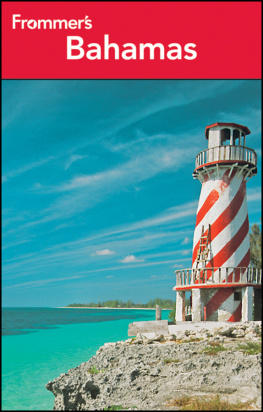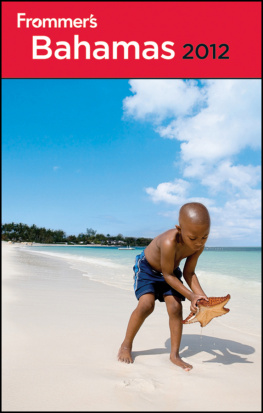
Published in 2020 by Cavendish Square Publishing, LLC
243 5th Avenue, Suite 136, New York, NY 10016
Copyright 2020 by Cavendish Square Publishing, LLC
Third Edition
No part of this publication may be reproduced, stored in a retrieval system, or transmitted in any form or by any meanselectronic, mechanical, photocopying, recording, or otherwisewithout the prior permission of the copyright owner. Request for permission should be addressed to Permissions, Cavendish Square Publishing, 243 5th Avenue, Suite 136, New York, NY 10016. Tel (877) 980-4450; fax (877) 980-4454. Website: cavendishsq.com
This publication represents the opinions and views of the author based on his or her personal experience, knowledge, and research. The information in this book serves as a general guide only. The author and publisher have used their best efforts in preparing this book and disclaim liability rising directly or indirectly from the use and application of this book.
All websites were available and accurate when this book was sent to press.
Library of Congress Cataloging-in-Publication Data
Names: Nevins, Debbie, author. | Barlas, Robert, author. | Yong, Jui Lin, author.
Title: Bahamas / Debbie Nevins, Robert Barlas, Jui Lin Yong.
Description: Third edition. | New York: Cavendish Square, [2020] |
Includes bibliographical references and index. | Audience: Grades 6 and up.
Identifiers: LCCN 2018045928 (print) | LCCN 2018046296 (ebook) |
ISBN 9781502647436 (ebook) | ISBN 9781502647429 (library bound)
Subjects: LCSH: Bahamas--Juvenile literature.
Classification: LCC F1651.2 (ebook) | LCC F1651.2 .N48 2020 (print) |
DDC 972.96--dc23
LC record available at https://lccn.loc.gov/2018045928
Writers, Robert Barlas and Yong Jui Lin; Debbie Nevins, third edition
Editorial Director, third edition: David McNamara
Editor, third edition: Debbie Nevins
Art Director, third edition: Alan Sliwinski
Designer, third edition: Jessica Nevins
Production Manager, third edition: Karol Szymczuk
Cover Picture Researcher: Alan Sliwinski
Picture Researcher, third edition: Jessica Nevins
The photographs in this book are used with the permission of: Cover Sergi Reboredo/Alamy Stock Photo; p..
Printed in the United States of America


T HE COMMONWEALTH OF THE BAHAMAS IS A COUNTRY MADE up of some 2,700 islands and cays, nearly 2,000 of which are little more than rock formations jutting out of the sea. The nation is spread out over 90,000 square miles (233,100 square kilometers) of the Atlantic Ocean off the southwestern coast of Florida. If all its islands were clumped together, however, the land mass of the Bahamas would fit in the state of Connecticut.
Since attaining independence from the United Kingdom in 1973, the Bahamas has prospered through tourism, international banking, and investment management. Tourism, especially, drives the countrys economy. The islands tropical beauty, warm climate, and fabulous resorts attract thousands of tourists each year, mostly from the United States and Canada.
But the experience of real-life or true-true Bahamians cant be found in glossy tourist brochures or online travel sites. The tourist Bahamas and the real Bahamas are like two different universes. One is a white-washed, airbrushed fantasya paradise of soft sandy shores, turquoise seas, and riches beyond imagining; and the other is the normal, everyday world that lies behind the curtain. Much of this real world is beautiful, too. Some of it isnt.

The items on display at the Pirates of Nassau Museum document the citys history as an eighteenth-century pirate base.
These tropical islands have a fascinating history. Originally home to a peaceful indigenous people, the islands quickly changed after Christopher Columbus and his ships landed here in 1492. The encounter with the Europeans did not go well for the natives. The rapid demise of those island people presaged the fate of aboriginal Americans across two continents in the centuries that followed.
British settlement of the islands began in 1647 with a band of religious pilgrims, and the Bahamas became a colony in 1783. At one time, the islands served as a pirates hideout. They also provided a new home for British Crown Loyalistsand their slavesfleeing the American Revolution. They were also an escape destination, ironically, for Africans fleeing slavery in America. In other words, both enslaved people and people escaping slavery settled here. Their descendants remained and made these islands their own.
Today, the Bahamas is bright with colorful birds, exotic flowers, and vividly painted houses; it is rich with sunny Caribbean music, lively dance, and friendly people.
Of course, every country has its problems, even this Caribbean paradise. Some things about the Bahamas are not pretty at allthings like poverty, pollution, corruption, discrimination, and intolerance. These blights are hindrances both to the economy and the society, but they are not nearly as extreme as in some other nations, even in the neighboring Caribbean.
Of particular concern in this nation, however, is the recent influx of Haitian immigrants, many of them undocumented. These desperately poor people are mostly uneducated, unskilled, and dont speak English, the language of the Bahamas. Many Bahamians see the Haitians as a drag on the economy and social services. As often happens in such circumstances, the presence of these unwanted migrants has dredged up powerful feelings of bigotry and hate in some Bahamian citizens.

The iconic pink buildings of Parliament Square in Nassau are hung with colorful bunting.
Church is mightily important to many Bahamians, and the traditional, conservative Christian church leaders exert a strong influence on society and government. Wary of modern values, perhaps, church pressure helped prevent passage of a 2017 referendum that would have ensured constitutional equality for women.
And so, gender inequality remains the law in the Bahamas.
The Bahamian government has work to do, to be sure. Prime Minister Hubert Minnis, who took office in
2017, campaigned on themes of transparency, accountability, and tackling corruption. In April 2018, a member of his administration, the minister of education Jeffrey Lloyd, publicly railed against the unaccountability and dishonesty entrenched in the country. It is absolutely astonishing to me to observe the nature of the slackness and inefficiency in the public sector and throughout Bahamian society, Lloyd said. Its over; new day, different day. This foolishness that we have permitted in our Bahamian society is finished. You can take that to the bank.
Can the country rise above its problems? The Bahamas is often listed as one of the wealthiest and most successful of the Caribbean nations. Despite racial and ethnic divisions, poverty, and slackness and inefficiency, it has managed to remain mostly peaceful, moderately productive, and stable. Bahamians have a powerful incentive to keep it that way. With so much riding on the tourism sector, internal strife would keep visitors awaythis has certainly happened in other placesand pitch the country into crisis. But then, the Bahamian people seem to genuinely treasure peace and happiness one could say they bank on it.

